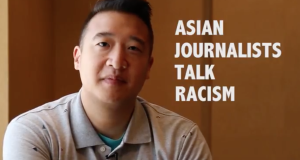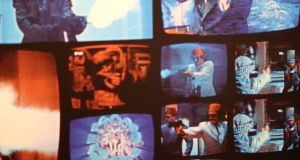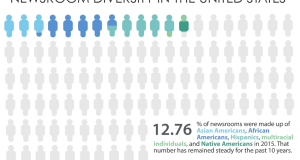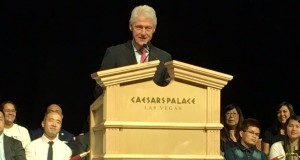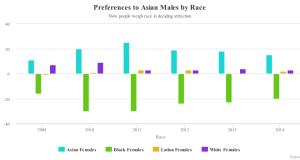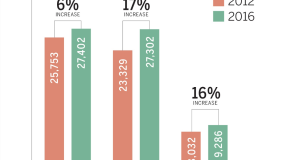Thanks to advancements in technology, just about anybody can take photos or video of major events and instantaneously distribute the images or footage around the world.
The recent Boston Marathon bombings provided a vivid example; within minutes of the explosions, thousands of posts, images and videos were circulating on the Web, from traditional journalists and from citizens.
Besides creating competition for media companies, technology and social media are pushing journalists to overhaul how they gather and tell their stories. In some cases, it has led companies to replace well-trained professionals, especially visual journalists, with less experienced reporters charged with carrying smartphones that allow them to shoot photos and video.
One recent example is the Chicago Sun-Times’ decision to dismiss its photo staff. The oldest continuously published daily newspaper laid off all 28 photographers in late May. Instead, reporters will use iPhones to take photographs.
“We have made great progress in meeting this demand [of rapidly changing business] and are focused on bolstering our reporting capabilities with video and other multimedia elements,” the Sun-Times said in a statement.
Smartphones “have raised the bar for the level of skill and the diversity of skill reporters are expected to have,” said Susan McGregor, assistant professor at Columbia University Graduate School of Journalism.
Twitter also has had a sweeping effect on journalism, increasing the reach and immediacy of information. Likewise, the photo-sharing application Instagram has made an impact, enabling users to shoot and post photos.
David Lin, former photo editor of New York University’s Washington Square News, said that the increase in news accessibility — breaking news alerts, tweets and trends — has benefits, but there is a downside.
“Rumors and opinion get mixed in way too easily with facts, both by the public and by professionals,” Lin said, pointing to the flood of news and rumors that were broadcast in the aftermath of the Boston Marathon bombings.
The scenes from the bombings that accumulated on Instagram feeds underscored the blurred line between citizen reporters and professional journalists. Simply put, when the content is broadcast on a platform with 100 million users, it is difficult to determine who created which image — a trained journalist or a bystander with a smartphone — and if the information with it is accurate.
Many news organizations and publications, such as NPR, CNN and The New Yorker, have recently developed photo galleries that pursue submissions from readers.
Still, eliminating trained photographers from the equation is not a good idea, said photojournalist Nina Berman, also a professor of Columbia University Graduate School of Journalism. Berman likened the Sun-Times’ layoffs as the paper taking a step toward digging its own grave.
“It shows the ignorance of the staff to assume that anyone is capable of preventing badly curated photo galleries,” she said.
 VOICES Publishing from the AAJA National Convention
VOICES Publishing from the AAJA National Convention


